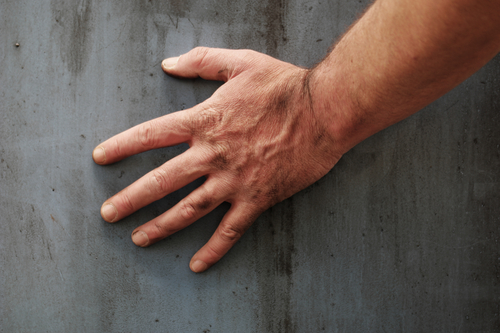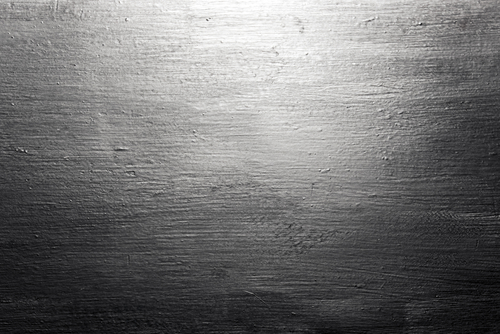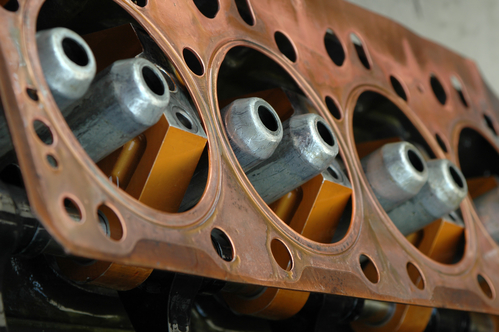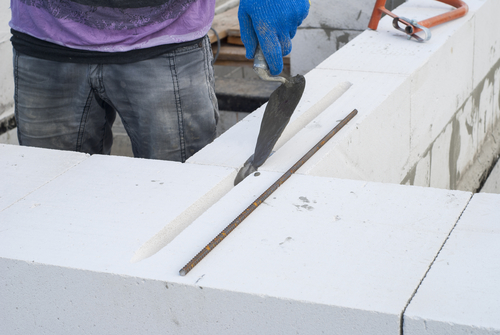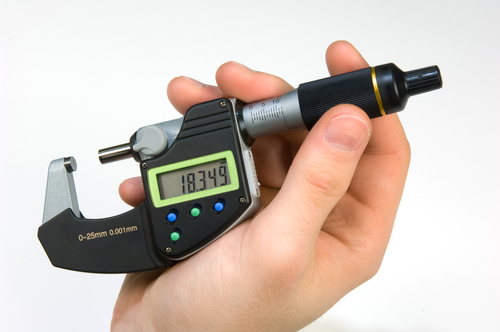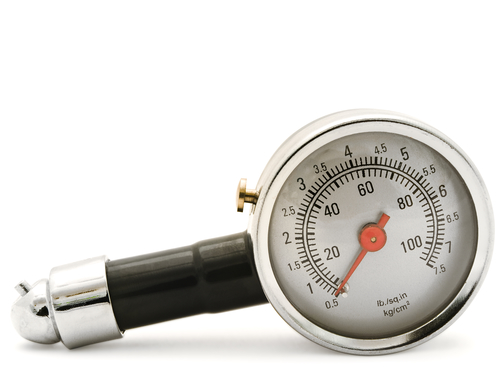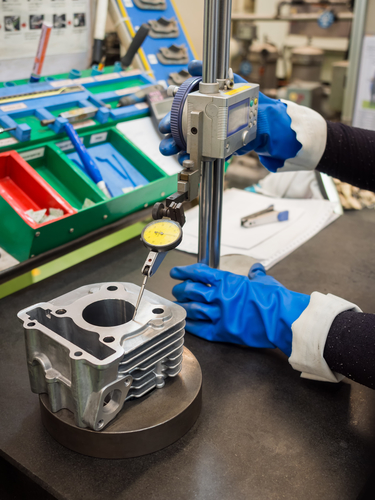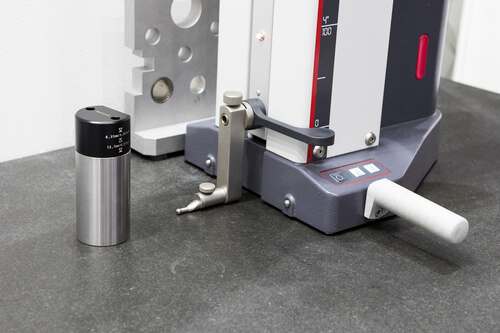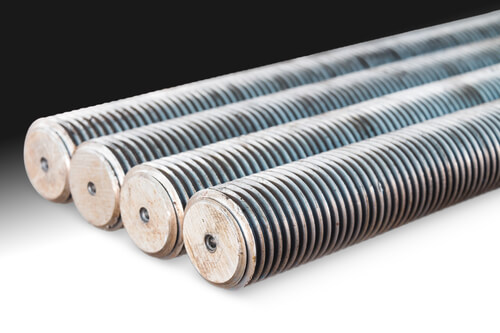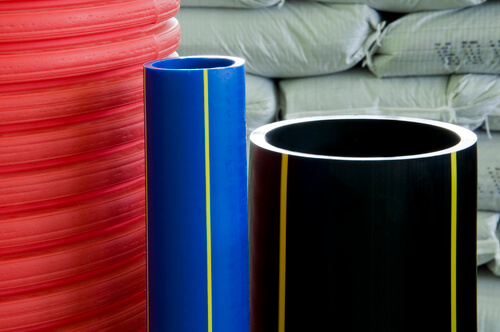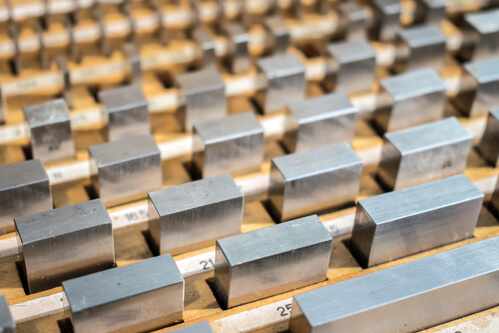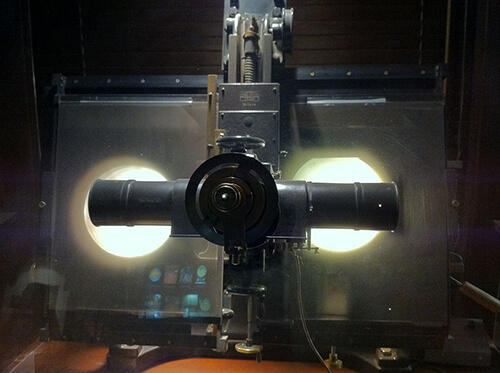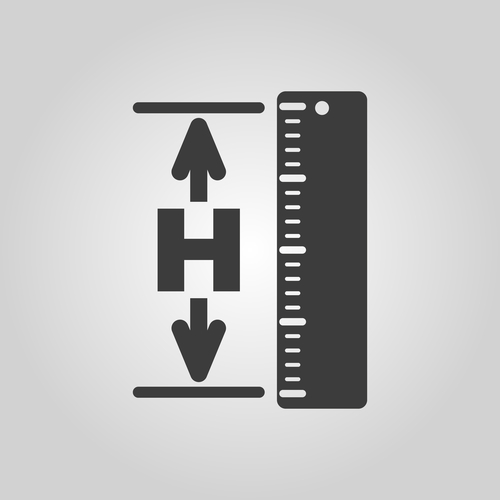Measuring surface finishes refers to the process of measuring the peaks and dips of a given surface, say on a product being produced. These measurements can give an idea of the performance of the product when it will go into use. For example, rougher surfaces have better adherence qualities although they are also more likely to wear faster than smoother surfaces. Depending on what is desired, manufacturers are able to measure and adjust surface roughness to fit some very precise standards.
- Air Gages
- Bore gages
- Calipers
- Calibration Equipment
- CMMs Coordinate Measuring
- CMM Sensors, Probes & Styli
- Computed Tomography – CT Scanners
- Concentricity Gages
- Contour Measurement
- CUSTOM GAGES & FIXTURING
- CYLINDRICAL GO / NO GO / MASTERS
- Data Collection & SPC
- Depth Gages
- Height Gages
- Fixtures & Part Holding CMM, Vision, Optical
- Force & Torque Gages
- Gage Blocks
- Gear & Spine Measurement
- GRANITE SURFACE PLATES, SQUARES & PARRALLELS
- HARDNESS TESTERS
- HEX, HEXALOBE GAGES & SQUARE GAGES
- ID / OD GAGES & SNAP GAGES
- Indicators & Comparator Stands
- Laser Micrometers
- Layout and Shopfloor
- MICROMETERS & CALIPERS
- MICROSCOPES & BORESCOPES
- Optical Comparators, Overlay Charts and Readouts
- Robotics and Automation
- ROUNDNESS & FORM
- SHAFT MEASUREMENT
- Structured Light 3D Analysis
- Surface Roughness Testers
- Thread Gages
- Video Measuring Machines
Metrology World
What You Need To Know About Surface Roughness Testers
Surface roughness testers measure the surface characteristics of an object. This is important because the surface dynamics determine the usability of that product as well as factors such as durability. For example rougher surfaces are more likely to corrode and be subject to wear and tear than smoother surfaces. On the other hand, smoother surfaces are less likely to adhere to each other than rougher surfaces. During the manufacturing process, these instruments measure the surface characteristics of the manufactured part and compare it to a required ideal. Readings from surface roughness testers are often measured in units symbolized as Ra.
Inspecting Small Holes Is A Job For Air Gages
Needles used to deliver fluids, fuel injection nozzles, and even aerosol cans are all examples of parts that use small holes for several reasons. Holes in nearly all of the aforementioned examples range from 0.1 mm to 1mm in diameter. To a layman, the holes may seem irrelevant. Experts will however tell you that in the medical field, that small holes used to deliver medicine or air to a patient can be the difference between life and death. This means that precision matters a lot as far as these holes are concerned. Let’s find out how to properly measure them:
How Should You Approach Measuring Internal Grooves?
Do you know that manufacturing a groove on a turned up part is actually easier than inspecting it? With this fact in mind, it is important to select the right measuring tools for internal grooves. Good gaging practice should always be maintained since grooves play a critical function especially for retainer rings and seal rings. There are different types of gages in the market that can measure grooves internally and externally. In this post, we will focus more on gages used to examine grooves internally. Let’s look at different types of gages used to measure internal grooves, their designs, and how they function.
Measuring With A Depth Gage
Depth gages typically consist of short-range indicating devices mounted through a plate or a reference bar. They are among the simplest indicator gages that are used in thousands of critical applications. Depth gages are used to measure the depth of recesses, holes, slots, counter bores, cavities, and other component features. Depending on the specific application, they are available in various configurations.
How Digital Micrometers Help You Achieve Maximum Precision
Small, sleek, light, and accurate – these are some ways to describe the digital micrometer. It gets better with the fact that you can slip it into your tool belt or shirt pocket. Alongside calipers, the digital micrometer is the most popular, effective and reliable measurement and inspection tool. This is despite the proliferation of new and technically advanced equipment that at some point threatened to make the digital micrometer moot in modern manufacturing. So, just how effective are digital micrometers? What makes it special?
Understanding The Evolution Of Air Gaging
Air gaging is known as a contact-free form of gaging. It is a stellar option for measuring extremely thin-walled parts of soft materials. Other common applications include measuring straightness, center-distances, squareness, tapers, average diameters, and more. Air gaging is accurate, fast, and readily used in a wide range of production environments. In addition, its tooling has largely remained the same over the years, i.e. precision orifices with steel rings or tubes that set up a distance/pressure curve when in use. Here is a further look at how air gaging has evolved over the years.
Understanding The Effectiveness Of Air Gages In Metrology
Air gages stand out as one of the most effective measuring devices ever made. The device has come a long way, with its history dating back to 1919 when it was invented. The rest as they say, is history. It simply transformed metrology for the better. It developed through the years, with innovations making the device better and better. It is worth noting though, that the air gages used today do not differ so much from the first one invented in 1919. The concept is still the same. So, why in the first place is the air gage important?
The Right Height Gage For The Right Application Makes All The Difference
One of the general-purpose tools that technicians use to measure precision parts is a height gage. These gages can measure the roundness, roughness, waviness, diameter, length, and thickness of a wide range of objects and materials. Today, almost 90 percent of height gages are utilized for surface plate work, including surface metrology (for analysis of features and textures) and surface analysis.
How To Buy A Height Gage That Meets Your Precision Measurement Needs
Today’s height gage, in addition to being a measurement tool capable of versatility and highly precision measurements, comes in a variety of styles. What kinds of height gages are we talking about here? There are gauge block-based styles, complex or simple electronic cages, digital height gages, and the old school Vernier style.
Are You Using The Correct Thread Gages?
When inspecting threaded shafts and holes, thread gages are a highly common application tool. But, should you use ring gages or plug gages? Generally speaking, threaded holes of manufactured parts are checked by plug gages. Ring gages, however, can check fastener diameter, dowel diameter, and shaft. It’s not particularly common, but it is important.
But what about checking non-threaded parts? Here, smooth ring gages can be put to good use. What other kinds of gages can be used?
What You Need To Know About OD/ID Concentricity
In the case of tube sourcing, is it possible to avoid OD/ID concentricity requirements? After all, they can be just one giant headache. The world of small parts is, indeed, not a perfect world. That’s why we have tolerances. But occasionally, when concentricity is required (by the indication on a drawing), the measurement of concentricity is next to impossible to achieve. Knowing the following about concentricity can help you understand why.
Steel Gage Blocks vs. Ceramic Gage Blocks
Steel gage blocks or ceramic gage blocks – which to choose? Before we get into that, let’s take a quick look at gage blocks themselves. First of all, what are they?
Solving Measurement Challenges With Optical Comparators
Certain challenges that simply can’t be solved through other approaches can more easily be remedied through the use of optical measurement… Enter optical comparators.
But why and when is the time to use optical measurement?
Height Gages Can Do Much More Than Just Measuring Height!
Digital height gages can, with their long range of motion, be looked at as a sort of giant caliper. They do, however, possess a heightened level of accuracy because they are, as a benchtop gaging system, far more sophisticated. Reliably and quickly, a wide range of measuring tests can be performed by these extremely versatile gages. What’s more, they are easy to maintain, to use, and to set up.





